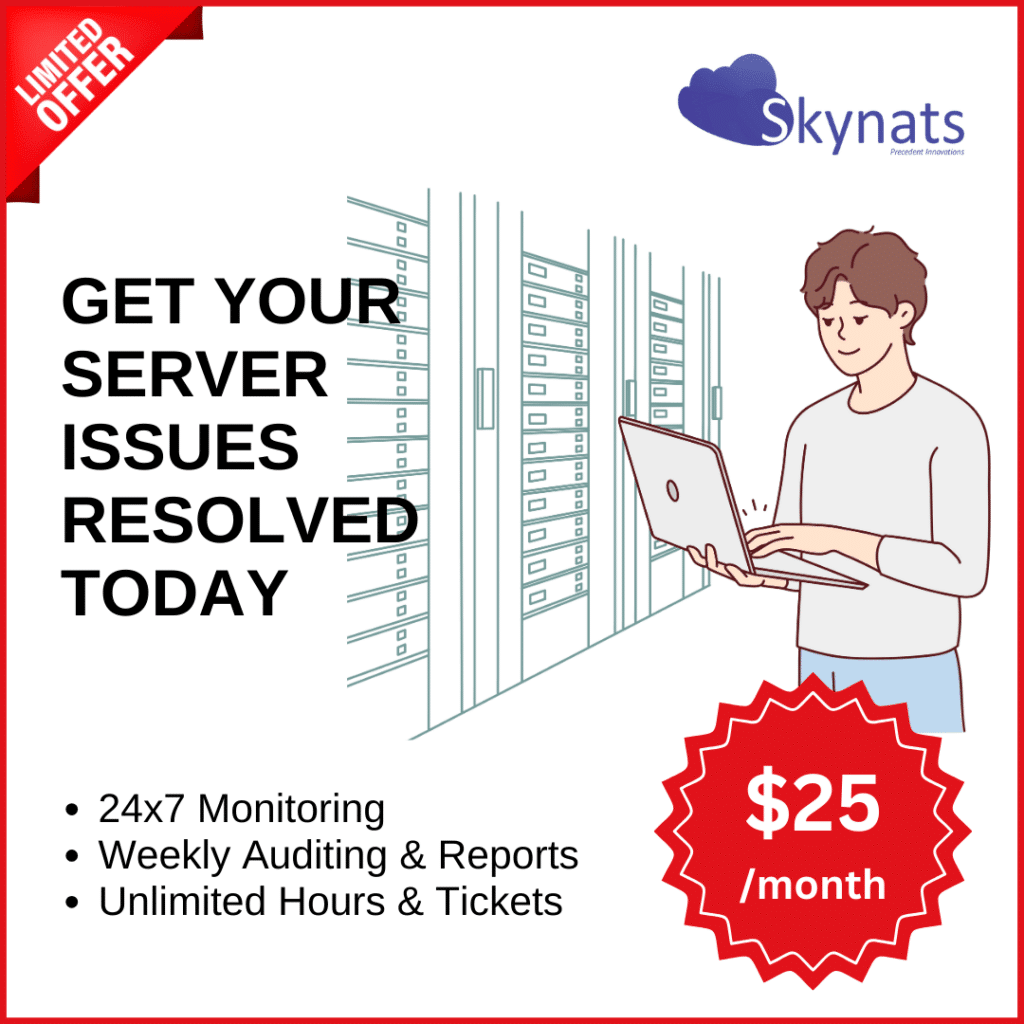DevOps is a combination of Development (Dev) and Operations (Ops) in which software engineers collaborate with the server operations teams using specific tools and best practices to automate the business application. Development requires planning, designing, development, delivery, and operations. This process is self-explanatory, as it entails the construction of technological applications. DevOps engineers collaborate with App Developers, System Operators (SysOps), and other members of the production IT team to manage and monitor code releases. DevOps is a team that collaborates with the development team to provide infrastructure solutions that are resilient, stable, and scalable according to the needs of the business.
How to establish DevOps Capabilities?
DevOps skills demand a great deal of practice and effort, as well as a comprehensive mastery of the talents listed below. However, it is never too late to become educated. Here is the ideal DevOps path map to get you started. Why then delay? Learn immediately.
Scripting and Linux Fundamentals.
Possessing a solid understanding of the command line as well as bash or shell scripting is necessary for Linux foundations. You may also consider studying more programming languages, such as Python, Ruby, or JavaScript. Python is however strongly recommended.
Hands-on with System Administration
System administration is the fundamental skill needed to become a DevOps engineer. A solid understanding of operating system ideas, networking, hardware devices, and management of essential services such as the web, database, and email is required. Windows administration knowledge is an added asset to your skill set.
Network and Security
Continuing with system administration, networking and security are integral components of system administration, and advanced networking knowledge is also essential. Protocols such as DNS, HTTP, HTTPS, and SSL must be mastered in addition to TCP/IP foundations.
Server Administration
System administration often involves working with operating systems such as CentOS, Ubuntu, and Debian, among others. When you administer a server, you install and configure the host operating system with server functionalities such as a web server, a DNS server, or a database server to fulfill end-user demand.
Popular software includes the following open-source and commercial versions.
- Web Server – Popular web servers include Apache, Nginx, Litespeed, and Windows Internet Information Services (IIS).
- Caching Server – Popular caching servers, such as Redis and Memcache, are used with web servers to provide caching, performance, and speed.
- Database Server – A database server can be classified as either SQL or NoSQL. Depending on the application, there are many database server selection alternatives.
- NO SQL – NO-SQL servers include MongoDB, AWS DynamoDB, Cassandra, and Google Datastore.
- SQL – One of the most popular SQL servers today is MySQL, but you also have MariaDB, PostgreSQL, and OracleDB as possibilities.
Infrastructure as a code.
Here are the genuine technologies that demonstrate your true DevOps expertise.
Infrastructure as Code is a practice that promotes the provisioning and administration of infrastructure using scripts and development methodologies, such as version control and continuous integration.
Here are some tools and platforms that can help to provision infrastructure as code.
- Configuration Management – Ansible, Puppet, Chef, and Salt Stack are four popular configuration management systems.
- Holder and Orchestrators – Agenda, LXC – Kubernetes, Open shift, Docker Multitude.
- Infrastructure Provisioning – AWS Cloud formation, Azure Template, Google Deployment Manager.
CI/CD – Continuous Integration and Continuous Deployment.
To successfully deploy the DevOps technique, DevOps Engineers must be familiar with its best practices, which include:
- Continuous Integration – This technique needs developers to integrate their code into a central repository, such as Git Jenkins, after which the automated builds and tests are executed. Jenkins is one of the most well-known open-source CI/CD tools.
- Continuous Deployment – This technique entails the automatic submission of a developer’s updates to the production process from the repository. AWS Code pipeline, Bit bucket Pipeline
Monitoring and Logging
Monitoring and logging are crucial for comprehending your application’s performance. Monitoring probes and measures the fundamental metrics of apps and infrastructure to determine how their performance impacts the user experience.
The following is a list of server monitoring and logging software that you must learn.
- Monitoring – New Relic, Nagios, Zabbix, Prometheus, Grafana, and DataDog.
- Logging – ELK (Elastic Search and Kibana) is a log management and analytics system for infrastructure monitoring. Graylog and Splunk are commonly used multipurpose data platform tools.
Cloud Infrastructure Platform
There are currently three global cloud firms, namely AWS, Azure, and Google Cloud. As a DevOps specialist, you should have a solid grasp of the cloud infrastructure service options provided by each of these vendors. Typically, they all have nearly identical names and aliases for similar types of services. Being a certified cloud engineer demonstrates your ability to construct high-quality cloud infrastructure.
Expertise and practical expertise with virtualization, automation, and DevOps approach.
Environment administration expertise (Linux/Unix, Windows, Shell Scripting, Ansible, Chef, Puppet, etc.).
Coding expertise and maintenance experience with Software-Defined Data Centers.
Ability to create and maintain deployment scripts.
Ability to manage nodes and diagnose application service and server/network problems.
Conclusion regarding DevOps?
Adopting the DevOps method is intended to ensure that project operations and application development processes are aligned to achieve the best level of optimization and project delivery. DevOps is comprised of the tools, procedures, and culture of integrating and automating various activities between IT and application development teams. This strategy aims to improve team empowerment, collaboration, cross-team communication, and technology automation among businesses. In addition, the operations and development teams frequently integrate into a single team in which experts participate throughout the whole project lifecycle and possess multidisciplinary skills.



